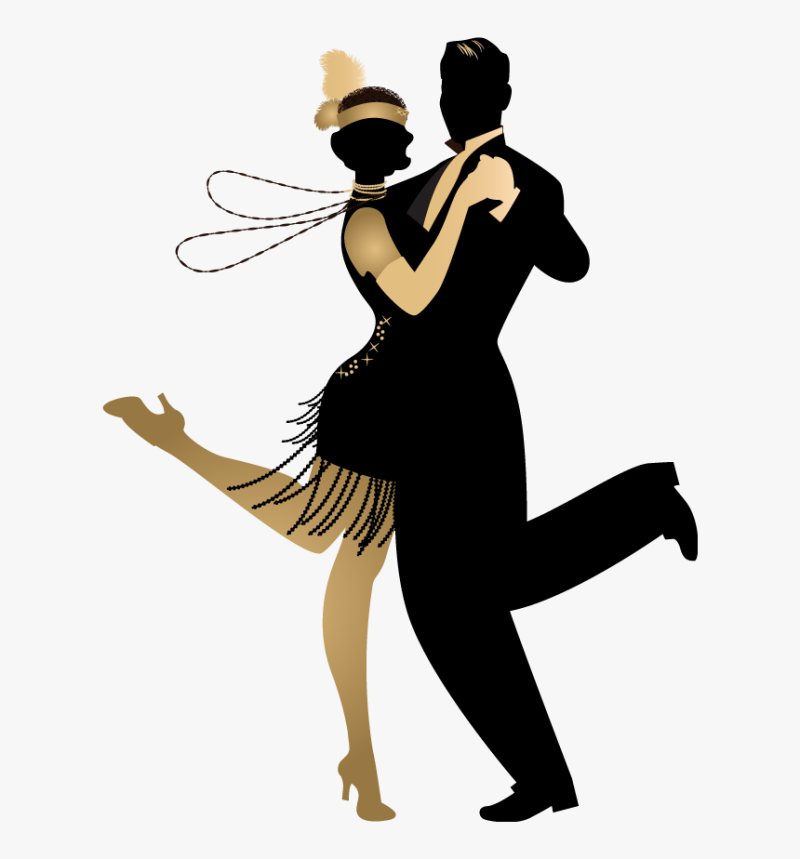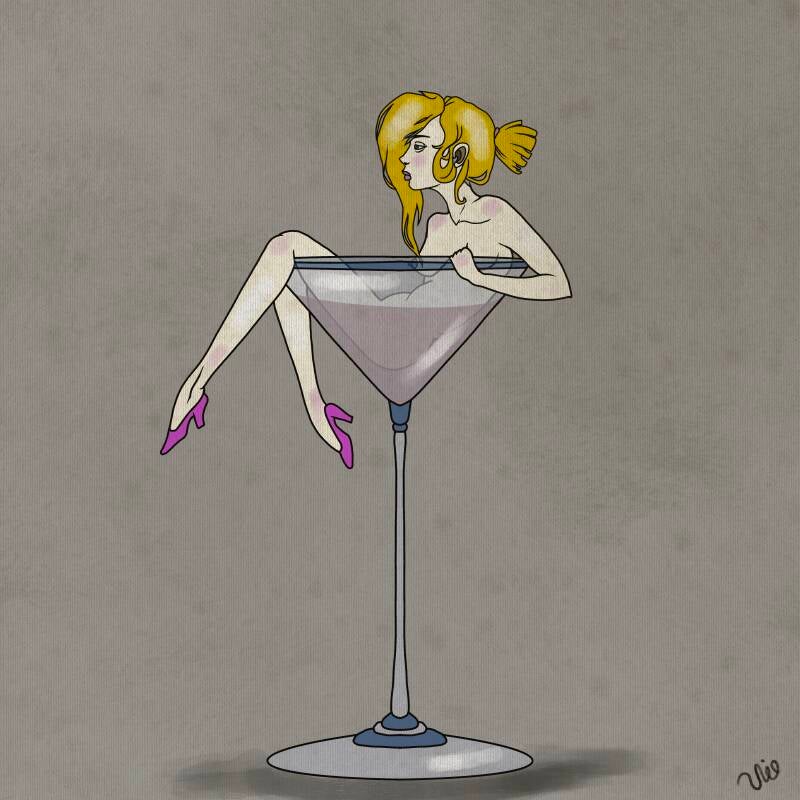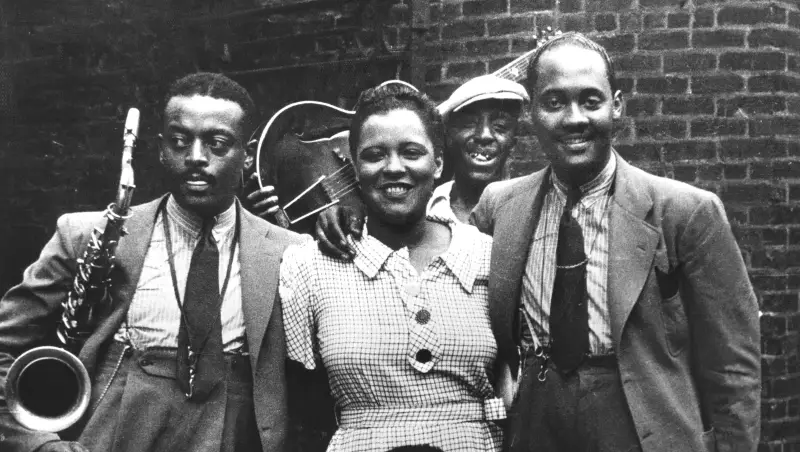The Prohibition "Peek-A-Boo"
TAP ON THE WHITE SPEAKER TO HEAR PROHIBITION SOUND
"sPEAKEASY LADIES NIGHT 25"
The jazzy music of the 1920s was rich with stories that captured the essence of the Prohibition era. It was a time of celebration, where the party never seemed to end. People from all walks of life reveled in the prosperity of a booming economy, filling their nights with singing, dancing, and endless feasts. Evening after evening, joy was the norm, and no one paid attention to the clock. "Last call" for alcohol? It was a phrase that hardly crossed anyone’s mind!
Fashion and culture of the Roaring Twenties were inseparably tied to the vibrant music of the time. This era ushered in a daring new wave of style—flapper dresses, feathered headbands, and sharp suits became the staples of the scene. Jazz clubs weren’t just about the music; they were hubs of self-expression and freedom. Men and women embraced the rebellious energy of the decade, dancing the Charleston and other popular moves with infectious enthusiasm. The blend of music, fashion, and culture created an electrifying atmosphere that continues to define the magic of the 1920s.
The most "unhappiest" day in America, by some accounts. Because on January 16, 1919, when the clocks strikes one minute after midnight, the whole country goes dry! This marked the beginning of Prohibition, a nationwide constitutional ban on the production, importation, transportation, and sale of alcoholic beverages. For many, this day symbolized the loss of personal freedoms and the onset of a turbulent era fraught with underground speakeasies, bootlegging, and organized crime. While advocates believed it would usher in a morally upright society, the unintended consequences ultimately shaped a fascinating and rebellious chapter in American history.

One year after Prohibition was enacted, Americans across the country started to believe that the nationwide ban on manufacturing, selling, and consuming alcoholic beverages or intoxicating substances was effectively reducing crime and addressing other social problems plaguing the nation. But just because the "Happy Juice" faucet was turned off, the whole "Prohibition" amendment seemed to be an exercise in futility. Moreover, while its intentions were rooted in the vision of a more moral and orderly society, Prohibition inadvertently gave rise to an entirely different set of challenges. The underground alcohol trade flourished, with bootleggers and speakeasies becoming prominent fixtures in urban centers. Organized crime syndicates seized the opportunity to profit from the black market, leading to a dramatic surge in gang violence and corruption. Instead of resolving societal issues, Prohibition seemed to expose and amplify the cracks in the nation’s moral and legal framework, forcing many to question whether the "Noble Experiment" was worth its hefty cost.























